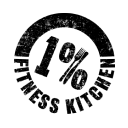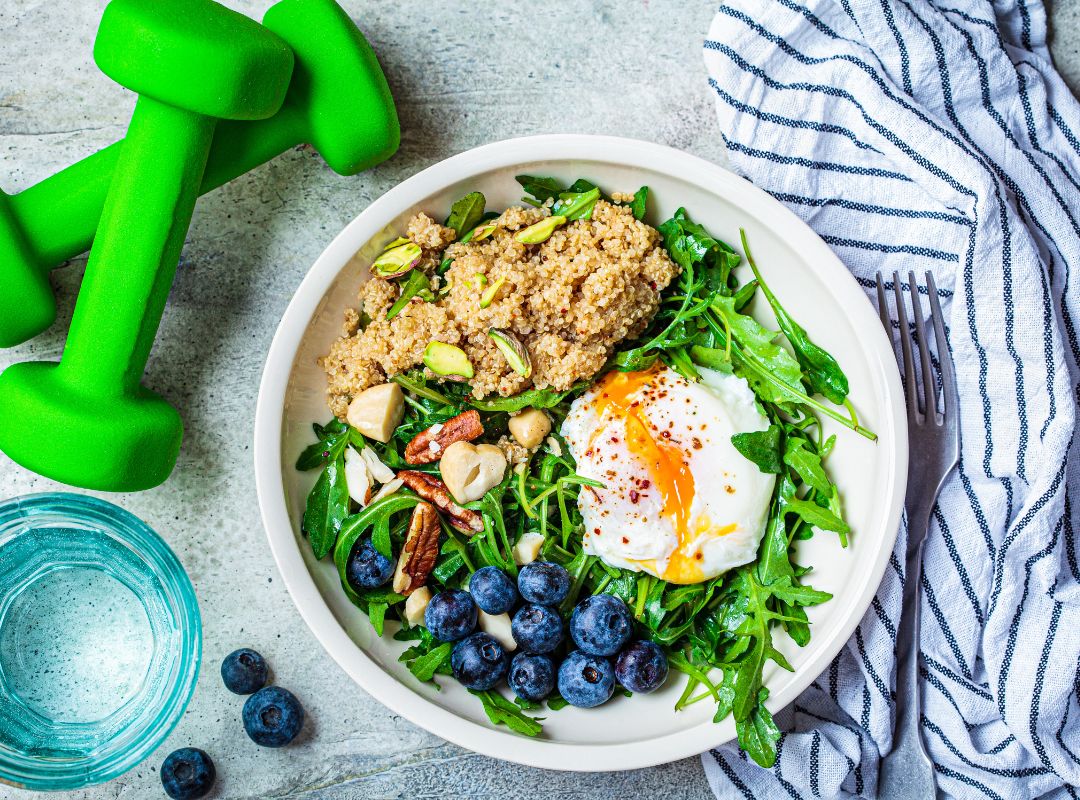After crushing that workout, you might be wondering: "What should I eat now?" It's not just about refueling; it's about giving your body the tools it needs to recover, repair, and grow stronger. Let's explore the 'why' and get into action-packed steps on post-workout eating!
The Importance of Eating Post-Workout:
After a workout, our muscles are in a recovery mode. They've burnt through energy reserves and undergone tiny tears that need repairing. This is where post-workout nutrition comes into play.
Replenish Energy with Carbs
During your workout, your body taps into its stored glucose for energy. Consuming carbs afterward helps refill your stored glucose.
Action Step: Choose fast-absorbing carbs like bananas, sweet potatoes, or a bowl of quinoa to replenish your energy quickly.
Repair and Grow with Protein
Exercise, especially strength training, can cause minor damage to muscle fibers. Protein aids in repairing these fibers, making them stronger.
Action Step: Grab a protein-rich snack or meal like grilled chicken, a protein shake, or a couple of eggs to kick-start muscle repair. Try our meals for great protein that also tastes delicious!
Hydrolyzed whey protein is a popular choice for post-workout nutrition due to its rapid absorption and various benefits, especially in the context of muscle protein synthesis (MPS). Here's some information on the benefits of using hydrolyzed whey protein after a workout, the role it plays in protein synthesis, and the importance of carbohydrates:
Rapid Absorption: Hydrolyzed whey protein is pre-digested, which means it has undergone a process that breaks down the protein into smaller peptides. This makes it easier for the body to absorb and utilize, making it an excellent choice for post-workout nutrition when your muscles are in need of quick recovery.
High Protein Content: Hydrolyzed whey protein is rich in high-quality protein, providing essential amino acids required for muscle repair and growth.
Enhanced Amino Acid Availability: The rapid digestion and absorption of hydrolyzed whey protein provide a quick and efficient supply of amino acids to your muscles. This is crucial because amino acids are the building blocks of protein and play a pivotal role in muscle repair and growth.
Stimulates Muscle Protein Synthesis (MPS): After a workout, your muscles go through a process called muscle protein synthesis (MPS). MPS is the rebuilding and growth of muscle tissue in response to exercise. Hydrolyzed whey protein, being rapidly absorbed, can initiate MPS more quickly compared to other protein sources. It contains a high percentage of leucine, an essential amino acid that is particularly effective at triggering MPS.
Role of Carbohydrates: Carbohydrates play a crucial role in the post-workout recovery process. They help replenish muscle glycogen, which is the primary source of energy during intense exercise. When muscle glycogen is depleted after a workout, it needs to be replenished for future workouts. Carbohydrates also help create an insulin response, which can enhance the uptake of amino acids, including leucine, into muscle cells. This promotes protein synthesis and muscle recovery.
It's important to note that the ideal post-workout nutrition strategy varies depending on individual goals, body composition, and workout intensity. While hydrolyzed whey protein is an excellent choice for its fast absorption and ability to stimulate MPS, it's often recommended to consume it alongside carbohydrates to maximize recovery and muscle growth.
In conclusion, hydrolyzed whey protein is a valuable post-workout supplement due to its rapid absorption, high-quality protein content, and ability to stimulate muscle protein synthesis. When combined with carbohydrates, it can provide a well-rounded recovery strategy, helping replenish muscle glycogen and promote efficient nutrient uptake by muscle cells.
Don't Forget the Fats
While carbs and protein often steal the spotlight, certain fats can support nutrient absorption and overall recovery.
Action Step: Add some avocado to your post-workout toast or munch on a handful of nuts.
Hydration is Key
Exercise can leave you dehydrated, and hydration is crucial for all cellular functions, including muscle recovery.
Action Step: Drink water throughout the day, but also have a big glass after your workout. If you've had a particularly sweaty session, consider adding an electrolyte tab.
Timing: When to Eat After Working Out?
The body's ability to repair muscle protein and store glycogen is enhanced post-exercise. Hence, a prompt post-workout meal can speed up recovery.
Action Step: Try to eat a balanced meal containing both protein and carbs within two hours after your exercise.
Quick & Nourishing Post-Workout Meal Ideas:
Meals:
- Grilled chicken salad with a generous portion of roasted veggies.
- Quinoa bowl with greens, cherry tomatoes, and grilled fish.
- Tofu stir-fry with broccoli, bell peppers, and a side of brown rice.
Quick Snacks:
- A protein bar or shake with a banana.
- Greek yogurt with a handful of almonds and honey.
- A slice of whole-grain bread with natural peanut butter.
Drinks:
- A smoothie with spinach, Greek yogurt, chia seeds, and mango.
- Chocolate milk (it's a fantastic blend of carbs and protein!).
- A cold-pressed juice with greens, apple, and ginger.
Every time you eat after a workout, you're not just satisfying hunger; you're fueling your next success. With each bite, you’re aiding your recovery, setting the stage for your next workout, and taking a step towards your 1% improvement. Take that step with our meal plans, providing everything you need to stick to your fitness goals.


